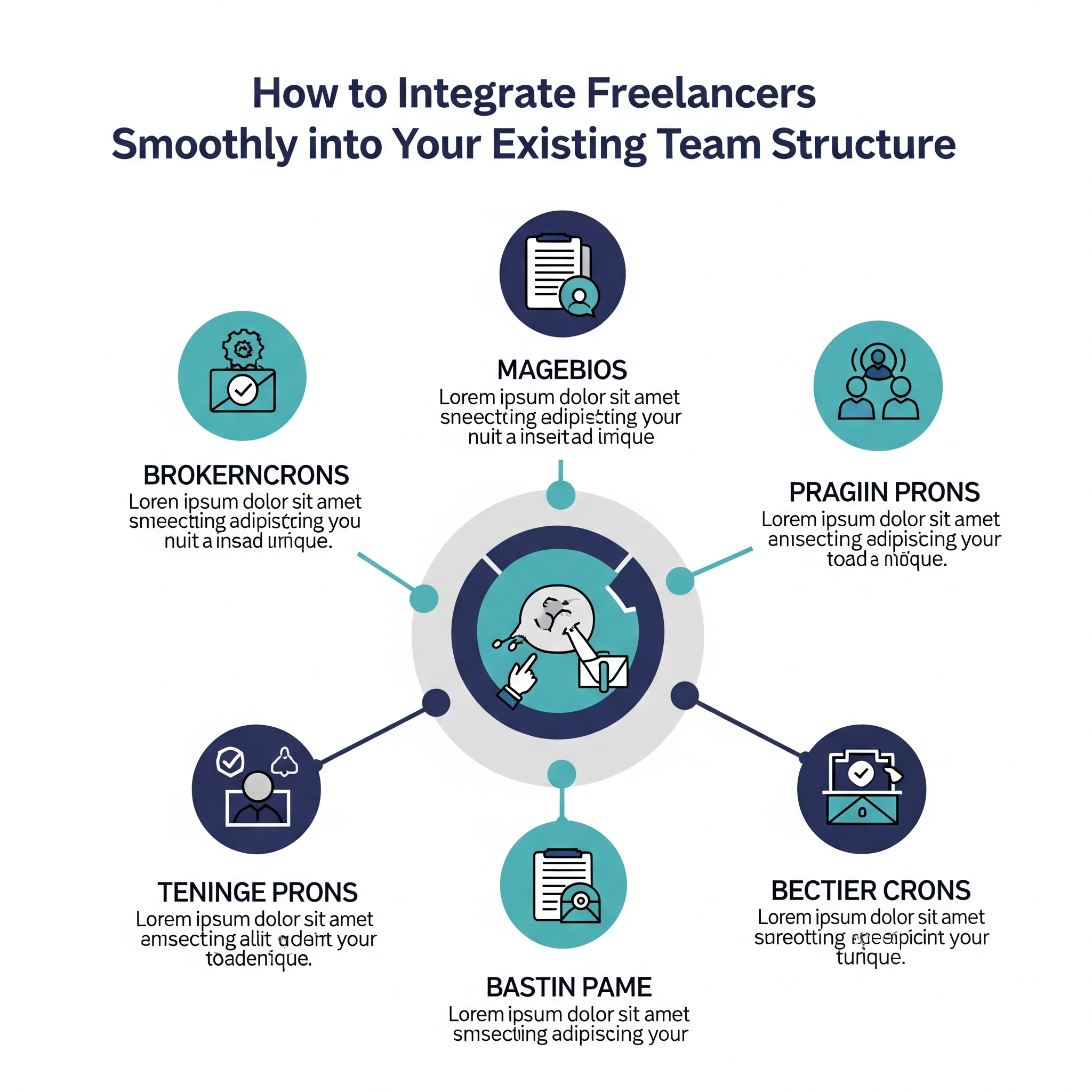Images and graphics play a vital role in presentation design. When used effectively, they can enhance your message, engage your audience, and make your content more memorable. However, poorly chosen or overused visuals can distract and confuse your viewers. To strike the right balance, it’s important to use images and graphics thoughtfully and strategically in your presentations.
In this blog post, we’ll discuss how to select and integrate visuals into your slides to create a compelling, professional, and visually appealing presentation.
1. Choose High-Quality, Relevant Images
The first rule of using images in presentations is to make sure they are high-quality and relevant to your content. Grainy, pixelated, or irrelevant images can detract from your professionalism. Invest in high-resolution images that align with your message and purpose. For example, if you’re presenting data on business growth, use clean, relevant visuals that reflect that theme, such as graphs, charts, or business-related imagery.
2. Avoid Overcrowding Slides with Too Many Images
While images can enhance a presentation, too many visuals can overwhelm your audience. Don’t crowd your slides with multiple images unless absolutely necessary. Instead, opt for one powerful image that supports your point. White space is just as important as the visuals themselves, so allow your image room to breathe and complement the overall slide design.
3. Use Graphics to Simplify Complex Information
Graphics such as charts, diagrams, and infographics are excellent tools for simplifying complex information. If you’re presenting data, instead of using long lists or blocks of text, convert the information into easy-to-read visuals. For example, pie charts, bar graphs, and timelines can turn dry statistics into engaging and digestible content. Remember to label your graphics clearly to ensure your audience understands the information at a glance.
4. Maintain Visual Consistency
Consistency is key when using images and graphics in presentations. Stick to a specific style of visuals throughout your slides to create a unified look. This could include using images with a consistent color scheme, graphic style, or photo filter. Avoid mixing too many styles, such as cartoons with stock photography, as this can create visual confusion and disrupt the flow of your presentation.
5. Use Images to Evoke Emotion
One of the most effective ways to connect with your audience is by using images that evoke emotion. Emotional images help make your message more memorable and relatable. For example, if you’re discussing customer satisfaction, a picture of a smiling customer can create an emotional connection and reinforce your message. Be mindful of the emotions you want to convey and select visuals that align with that mood.
6. Incorporate Icons for Simplicity and Clarity
Icons are simple yet powerful design elements that can enhance your slides. They can replace words, save space, and communicate ideas quickly. Icons work particularly well for lists, processes, and navigation within your presentation. For example, use a simple lightbulb icon to represent ideas or a checkmark icon for accomplishments. Make sure your icons are easy to understand and consistent in style.
7. Use Visuals to Break Up Text
Long paragraphs of text can lose your audience’s attention. To keep your slides engaging, break up text with images or graphics. Instead of using large blocks of text, include visuals that illustrate your points. This not only makes your slides more engaging but also helps reinforce key ideas visually, making the information easier to remember.
8. Keep Images in Balance with Text
It’s important to strike a balance between visuals and text. If your slide contains too much text, the image may lose its impact. Conversely, too many images can overshadow important information. A good rule of thumb is to use images to support your key points rather than letting them take over the entire slide. The image should complement the text without distracting from it.
9. Ensure Accessibility for All Audiences
When using images and graphics in presentations, always keep accessibility in mind. Ensure that the images you use are inclusive and easily understandable by all audience members. This includes considering color blindness by using high-contrast colors and providing alt text or descriptions for important visuals. This way, everyone in your audience can engage with your presentation effectively.
10. Use Animations Sparingly with Visuals
While animations can add a dynamic element to your images and graphics, it’s best to use them sparingly. Simple, subtle animations (such as fading in or sliding in) can help emphasize your visuals, but overly complex or fast-moving animations can distract your audience. Keep your transitions smooth and minimal to maintain focus on your message.
Conclusion
Images and graphics are powerful tools for enhancing presentations, but they need to be used wisely. By choosing high-quality visuals, keeping your slides balanced, and ensuring consistency, you can create a visually appealing presentation that captivates your audience. Whether you’re using images to evoke emotion or graphics to simplify complex data, the right visuals can elevate your message and leave a lasting impression.
Incorporate visuals that support your content, use white space to avoid overcrowding, and maintain accessibility to ensure all viewers can engage with your slides. When used thoughtfully, images and graphics can transform an average presentation into an outstanding one!









